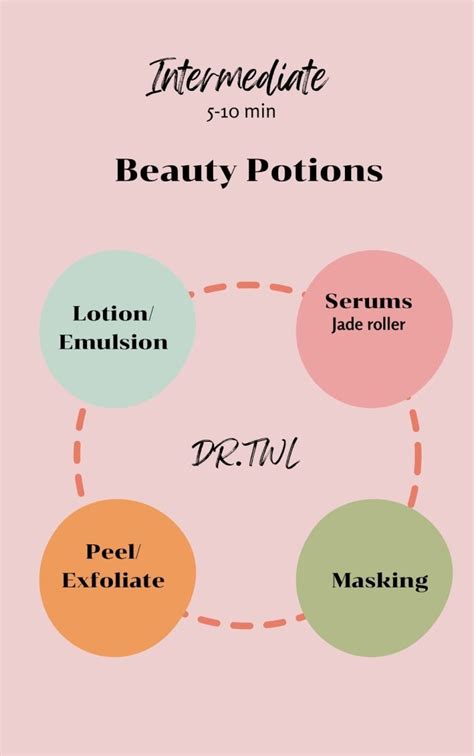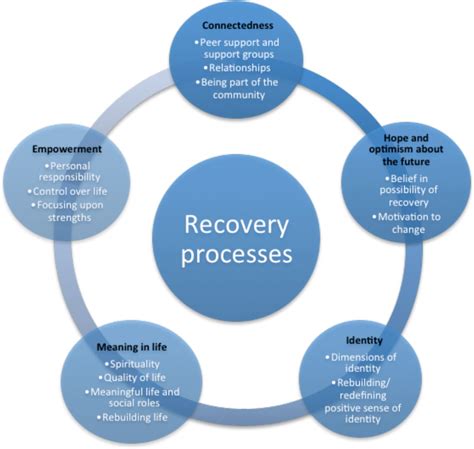Break plateaus: Advanced strength tactics for peak male performance?

Conquering the Strength Plateau: Advanced Strategies for Men
Every serious lifter eventually hits a wall. That moment when the weights stop increasing, reps stagnate, and the gains grind to a halt. This infamous strength plateau can be incredibly frustrating, but it’s also a sign that your body has adapted to your current routine. To break through, you need to introduce new stimuli and employ advanced tactics that challenge your physiology in novel ways, pushing towards peak male performance.
Understanding Why Plateaus Occur
Before implementing solutions, it’s crucial to understand the root causes. Plateaus often stem from a lack of progressive overload, meaning you’re not consistently increasing the demand on your muscles. Other factors include insufficient recovery, poor nutrition, repetitive training routines leading to adaptation, and even mental fatigue. Breaking free requires a multi-faceted approach.

Advanced Progressive Overload Strategies
While simply adding more weight is the most common form of progressive overload, it’s not the only one. When weight additions become difficult, consider these advanced methods:
- Tempo Training: Manipulate the speed of your lifts. Slowing down the eccentric (lowering) phase, for example, increases time under tension and causes greater muscle damage, leading to more growth.
- Increasing Volume and Density: Instead of just more weight, try doing more reps, sets, or exercises within the same timeframe (density) or over the course of a week (volume). Shorten rest periods to boost density.
- Partial Reps and Range of Motion: Sometimes, working within a specific, strong range of motion with heavier weight can strengthen weak points, or using full range of motion with lighter weight can improve mobility and muscle activation.
Specialized Training Techniques for Breakthroughs
These techniques intentionally push your muscles past their normal failure point or enhance specific aspects of strength:
- Cluster Sets: Break up a traditional set into mini-sets with short rest periods (e.g., 5 reps, 15-second rest, 5 reps, 15-second rest, 5 reps). This allows you to lift heavier for more total reps.
- Rest-Pause Training: Perform a set to failure, rest for 10-20 seconds, then perform a few more reps to failure with the same weight. Repeat once or twice.
- Drop Sets: After reaching failure on a set, immediately reduce the weight by 20-30% and continue to failure. Repeat 1-2 times.
- Eccentric Overload: Focus solely on the lowering phase of an exercise, using a weight heavier than you could lift concentrically (raising). This is often done with a spotter assisting the lift phase.
- Supersets & Tri-sets: Combining two or three exercises with minimal rest in between. While often used for conditioning, antagonist supersets (e.g., bench press and bent-over row) can improve performance in the second exercise.

The Power of Periodization
Randomly applying advanced techniques won’t yield consistent results. Periodization, the systematic planning of training, is key to sustained progress. It involves varying training intensity, volume, and exercise selection over specific cycles (macro, meso, micro).
- Linear Periodization: Gradually increases intensity while decreasing volume over time (e.g., starting with high reps/low weight, moving to low reps/high weight).
- Undulating Periodization (Daily or Weekly): Varies intensity and volume more frequently (e.g., heavy day, moderate day, light day within a week). This keeps the body guessing and prevents overtraining.

Optimizing Nutrition and Recovery
Advanced training demands advanced recovery. Often, the missing link in breaking plateaus isn’t more training, but better rest and fuel.
- Caloric Surplus and Macronutrients: Ensure you’re consuming enough calories, especially protein (1.6-2.2g per kg body weight), to support muscle repair and growth. Don’t neglect healthy fats and complex carbohydrates.
- Hydration: Adequate water intake is critical for performance, nutrient transport, and joint health.
- Sleep: Aim for 7-9 hours of quality sleep per night. This is when your body repairs and grows.
- Active Recovery and Deloads: Incorporate light activities like stretching, foam rolling, and walking. Periodically schedule a deload week (reducing volume and intensity by 40-60%) to allow your body to fully recover and resensitize to training stimulus.

Mind-Muscle Connection and Form Refinement
Sometimes, a plateau isn’t about lifting more, but lifting better. Focus on truly feeling the target muscle working. A slight adjustment in grip, stance, or rep tempo can significantly increase muscle activation and lead to new growth. Regularly video your lifts to spot and correct form deficiencies.

Conclusion: A Holistic Approach to Peak Performance
Breaking through strength plateaus is a testament to your resilience and commitment. It requires moving beyond conventional methods and adopting a holistic strategy that encompasses advanced training tactics, intelligent periodization, meticulous nutrition, and disciplined recovery. By systematically challenging your body and providing it with the resources it needs, you can not only shatter old limits but also pave the way for unprecedented gains and achieve your peak physical potential.









